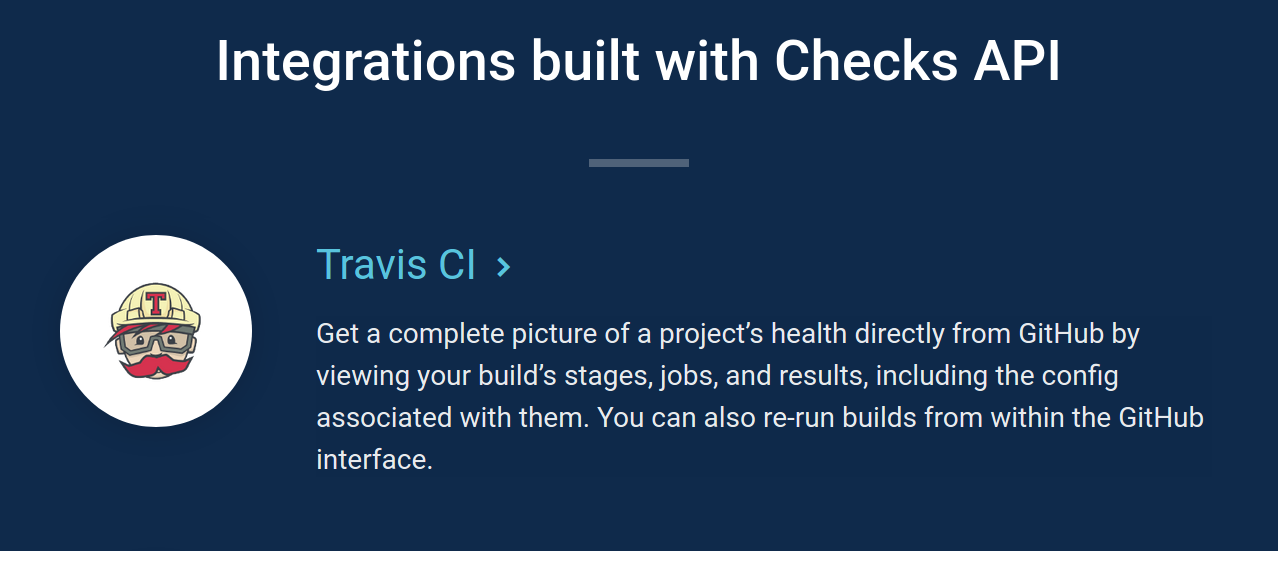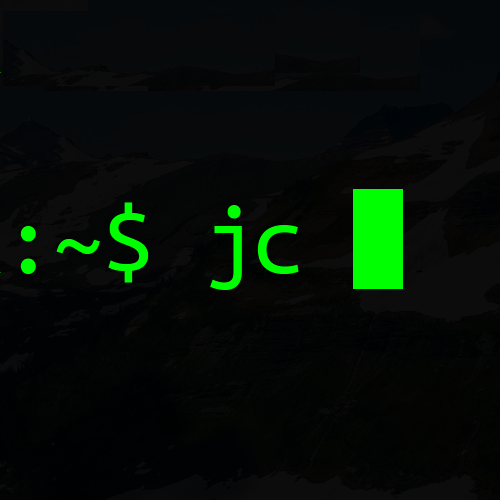Previously I wrote that Travis dot org has been exhausting its GitHub API rate limit. Test results for projects built on Travis dot org (travis-ci.org) have not been reliably reported back to GitHub. This leaves commits on GitHub in a pending yellow status and pull requests blocked.
The solution is for open source maintainers to migrate their projects from Travis dot org to Travis dot com (travis-ci.com). This solves the API rate limit problem because Travis dot com uses GitHub Apps, whereas Travis dot org uses a GitHub integration.
With GitHub Apps each install of the app gets its own API quota. So with the Travis dot com GitHub app installed in your GitHub user or organisation, the 5,000 requests per hour API limit applies to just your install of the app, not globally for all Travis dot com calls to GitHub. As a small-time open source developer, there are no realistic future scenarios where my install of the app will reach 5k requests per hour.
Key migration points
The migration documentation on Travis is pretty comprehensive, but watch out for these gotchas:
Make sure you “Sign up for the beta” of migration in your Travis dot org account.

Without this your existing repositories will not appear in your new Travis dot com account.
If you have required checks in the branch protection rules of your GitHub project repository, these need to be switched over.

You will need to trigger a build on Travis dot com for these new checks to appear as options.
Remember to change any build badges on your README from dot org to dot com.
A trade off
With GitHub apps, results of checks are kept in the Checks Framework. This means that when you click “details” of a Travis dot com check, you will be shown GitHub’s page for this check (here’s an example). Whereas with Travis dot org, clicking on the “details” link for a check took you straight to Travis dot org.
Here’s how GitHub advertises this benefit:

Once you migrate your project, Travis will be one click further away. Therefore you are more likely to stay on GitHub while nursing a pull request or checking on a build.
While I’m sure many people consider this an improvement, I’m not a fan of the GitHub checks system. I prefer the old system because:
- It was easier and more reliable to visit the external build system’s site. As we’ve seen with this whole issue, communication across GitHub’s boundary can be unreliable.
- I prefer Travis’s interface for showing build information, not GitHub’s static checks page.
Finally
Thanks to MK at Travis for the help with migration.
I’m glad that it was possible to find a way to continue to use Travis on my open source projects.
Happy building!
